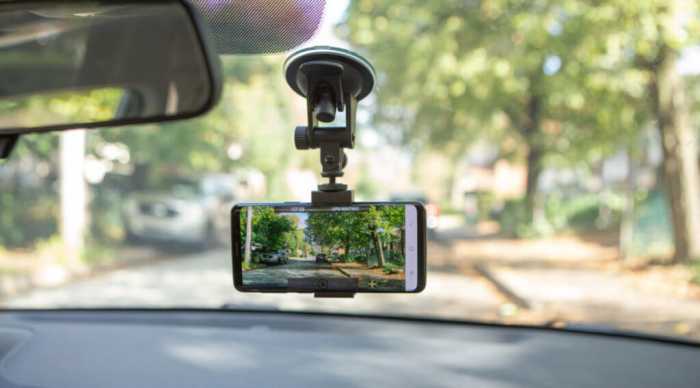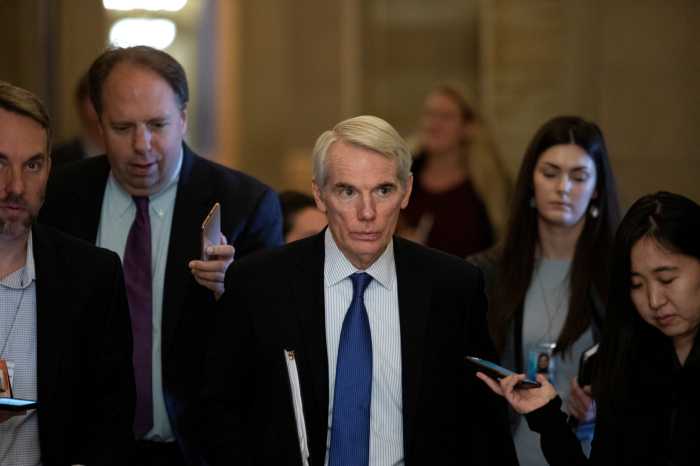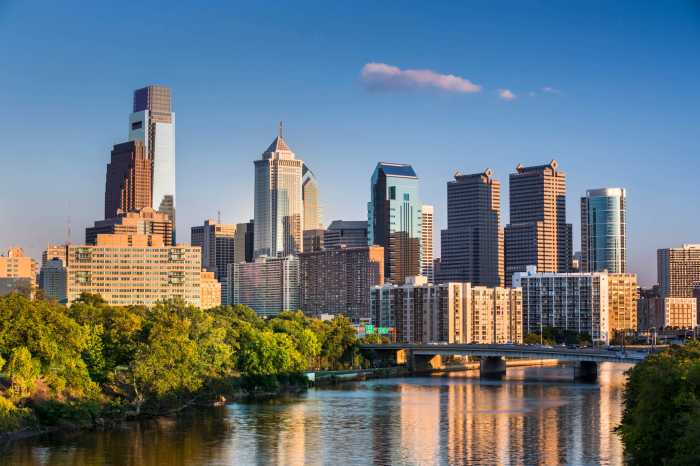By Shalimar Thomas
On Monday, November 15, President Joe Biden signed into law a historic $1 trillion infrastructure bill which will allow cities and states to invest in roads, bridges and other necessary projects to reduce pollution and improve the environment. Billions of dollars in funding from this important legislation are coming to Pennsylvania and a portion of that funding should be directed towards creating and maintaining vibrant open and green spaces here in Philadelphia’s Black and Brown communities to improve our local infrastructure. Investing in disadvantaged communities will help improve the safety and built environment, which impacts physical and mental health, and help rebuild safer, healthier and equitable neighborhoods for every Philadelphian to age in place with dignity.
The COVID-19 pandemic has added to the challenges our community faces and there has been an unprecedented surge in gun violence in Philadelphia and across the United States.
According to research, between March 1, 2020, and March 31, 2021, the risk of gun violence was 30% higher nationwide. Here in Philadelphia, the city is facing a violence epidemic that has already shattered the 1990 murder rate of 499 recorded homicides. As we work together to try to stop the gun violence that is permeating our community, it is important that we make significant investments in open and green spaces from the infrastructure funding to combat the effects of the broken window theory and create more positive spaces for community members to talk to their neighbors, reduce stress, take in more oxygen, and alleviate the racial and socioeconomic disparities.
While this investment will not cause an overnight elimination of gun violence in the City of Philadelphia, it should be part of a strategic plan to invest in our communities with the reduction of gun violence as an intentional benefit.
Also, the pandemic led to more social isolation, disrupted social networks, and led to millions of people being unemployed. In addition, it exposed the disparity that exists in Black and Brown communities, and someone’s ability to just get out and enjoy open space, which became critical during the lockdown, was not readily available to all communities. Being able to do this proved to help people better deal with lockdown restrictions and the stress that came with all things COVID-19.
This issue does not impact everyone in Philadelphia equally. Depending on your race and other economic and social factors, the lack of green space is even more prevalent where you live. In fact, last year, a report from the Hispanic Access Foundation and the Center for American Progress found that communities of color are nearly three times more likely than white communities to live in nature-deprived areas.
Global conversations are taking place on the value green space had during COVID-19, where one site added that public green spaces in disadvantaged neighborhoods should play a key role in the “building back better” narrative.
Research has also shown that walking in a green space can lower heart rates and reduce stress, and can have positive effects on mental health by making adults and even individuals with depression feel happier. The oxygen produced by trees and plants helps keep our lungs healthier, which is critically important while we are dealing with the current pandemic.
Finally, in the event Pennsylvania and Philadelphia use a portion of the infrastructure funding to support open and green spaces, we need a response from the foundation and philanthropic community in Philadelphia to make sure that any progress gained is sustainable and the funding exists to maintain these spaces. Key findings in the Philadelphia Livable Community Action Plan indicated that residents highlighted a lack of green spaces and amenities in some neighborhoods and expressed concerns about safety, poorly maintained and understaffed public facilities.
In fact, the need for improved maintenance was a trending request throughout the report. As we mentioned, there are numerous benefits to investing in open and green spaces. Unfortunately, many organizations that serve people of color in Philadelphia have had challenges raising the type of long-term funding, such as endowments, that are necessary to sustain gains made through initial investment in a focus area.
Based on everything we know, additional investment in open and green spaces should be a priority in the City of Philadelphia, and we must ensure that it makes its way into Black and Brown communities. We know that health is not just what happens in the doctor’s office. It is significantly influenced by the built and social environment — what we all know as social determinants of health. Yet here we are during a health pandemic, where Black Americans are one of the highest groups that have died from COVID-19. In addition, Black and Brown communities are at the forefront of Philadelphia’s violence epidemic.
As things gradually shift back to normal it is vitally important that this effort remains at the very top of the agenda as funding priorities are established, or we’re never going to get away from this horrible narrative of Black and Brown communities always “faring worst” in times of economic and health crises.
Shalimar Thomas is the executive director of the North Broad Renaissance, a Philadelphia-based Special Service District supporting vitalization efforts along North Broad Street, from City Hall to Butler Streets. Learn more at northbroad.org



























